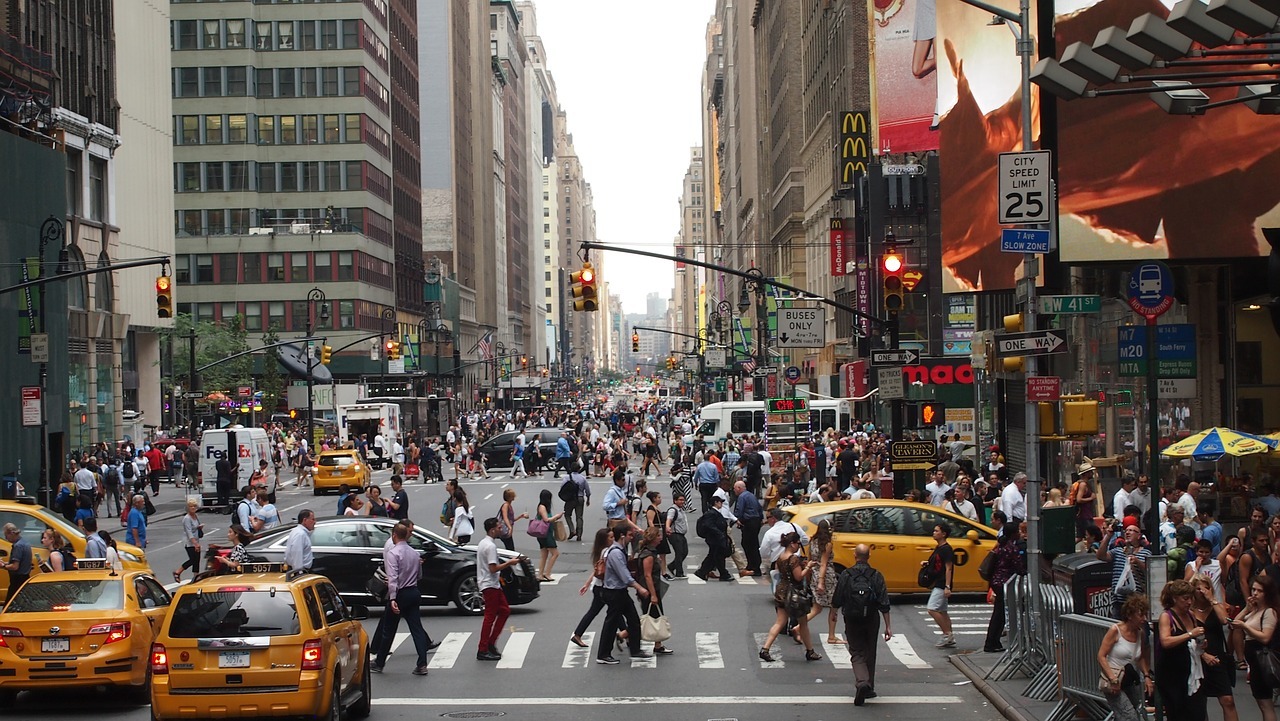
The US economy grew at an annualised pace of 1.9 per cent in the fourth quarter, unchanged from an initial estimate, according to Commerce Department data. The increase in GDP, the value of all goods and services produced across the economy, represents a marked slowdown from a 3.5 per cent rate in the third quarter, which was the fastest pace of growth in two years.
The economy grew 1.6 per cent in 2016 as a whole, the slowest pace in five years. President Donald Trump has promised infrastructure spending, tax cuts and deregulation in an effort to double the rate of growth. US Treasury Secretary Steven Mnuchin said last week that US economic growth could accelerate to 3 per cent later in 2018 as Mr Trump’s pro-growth policies take effect. The US has not reached full-year growth of 3 per cent since 2005.
Americans spent more amid the strengthening jobs market and rising confidence. Consumer spending, the biggest part of the economy, grew at an annualised pace of 3 per cent, up from an initial estimate of 2.5 per cent. Personal consumption expenditures added 2.05 percentage points to fourth-quarter growth.
The increase in purchases by consumers was offset by smaller gains in business investment and government spending.
Nonresidential fixed investment increased 1.3 per cent, less than initially estimated. That added 0.17 percentage point to growth. Business spending on equipment rose 1.9 per cent instead of 3.1 per cent. Spending on intellectual property products – such as software and R&D – grew 4.5 per cent. Investment in non-residential structures, including office buildings and factories, declined 4.5 per cent.
Residential investment grew 9.6 per cent, less than previously thought. That added 0.35 percentage point to growth.
Government spending was up 0.4 per cent, compared with an initial estimate of 1.2 per cent. Activity at state and local government levels expanded 1.3 per cent, down from an initial reading of 2.6 per cent. Spending by federal agencies fell by 1.2 per cent.
The biggest drag on growth was net foreign trade, subtracting 1.7 percentage points from GDP, unchanged from the previous reading.
Private inventories, a volatile category, added 0.94 percentage point to growth, compared with a previous estimate of 1 percentage point.
Stripping out inventories and exports, the most volatile components of GDP, the so-called final sales to domestic purchasers grew at a 2.6 per cent rate, the fastest in more than a year. The reading provides a better sense of underlying domestic demand.